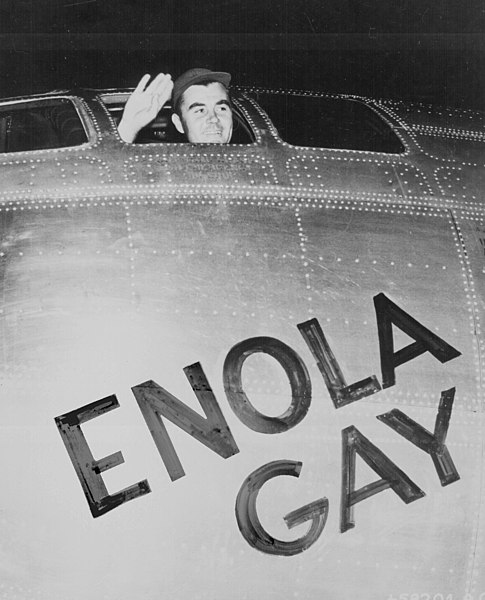The virtuoso violinist, Itzhak Perlman, is 76 years old today. For more than sixty years, he has entertained the world with a full spectrum of music, including conducting, and remains quite active performing, teaching, and recording. His talent along with a cordial manner, humor, insight, and effusive personality has made him a beloved Israeli-American musical ambassador around the world. It is no wonder he has accumulated a long list of awards, including a Grammy Lifetime Achievement Award (2008), the Presidential Medal of Freedom (2015), and the Genesis Prize (Israel, 2016).
Rather than write about Perlman I'd rather have you listen to his genius, sensitivity, and joy doing what he does best for adoring audiences that he acknowledges are as much a joy to him as he is honored to perform for them.












